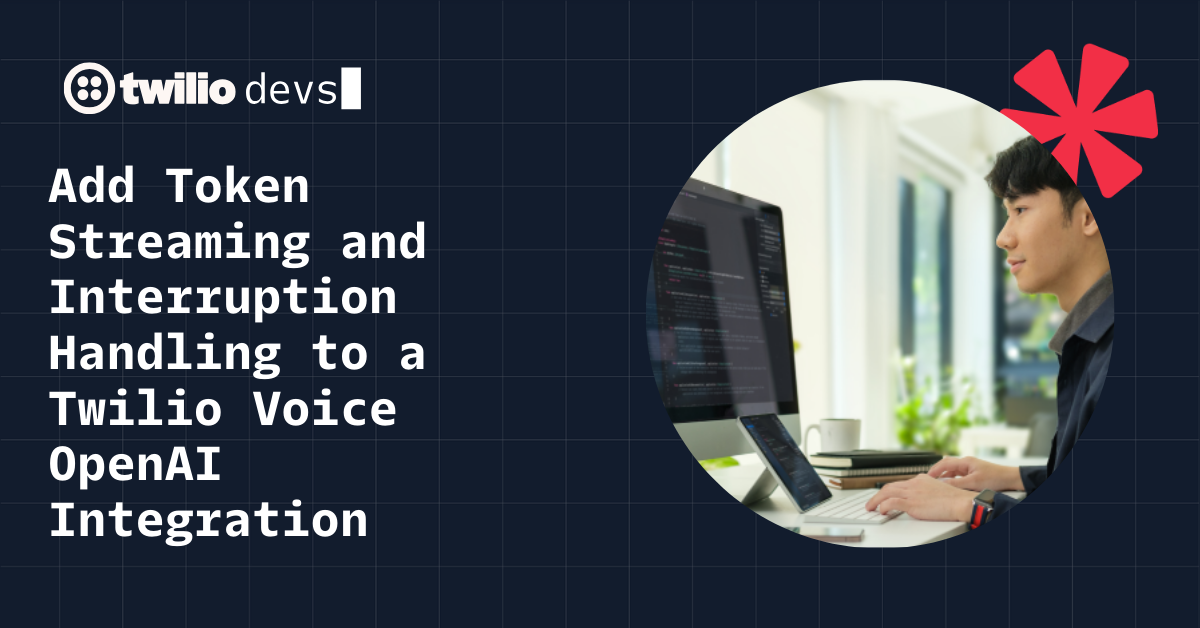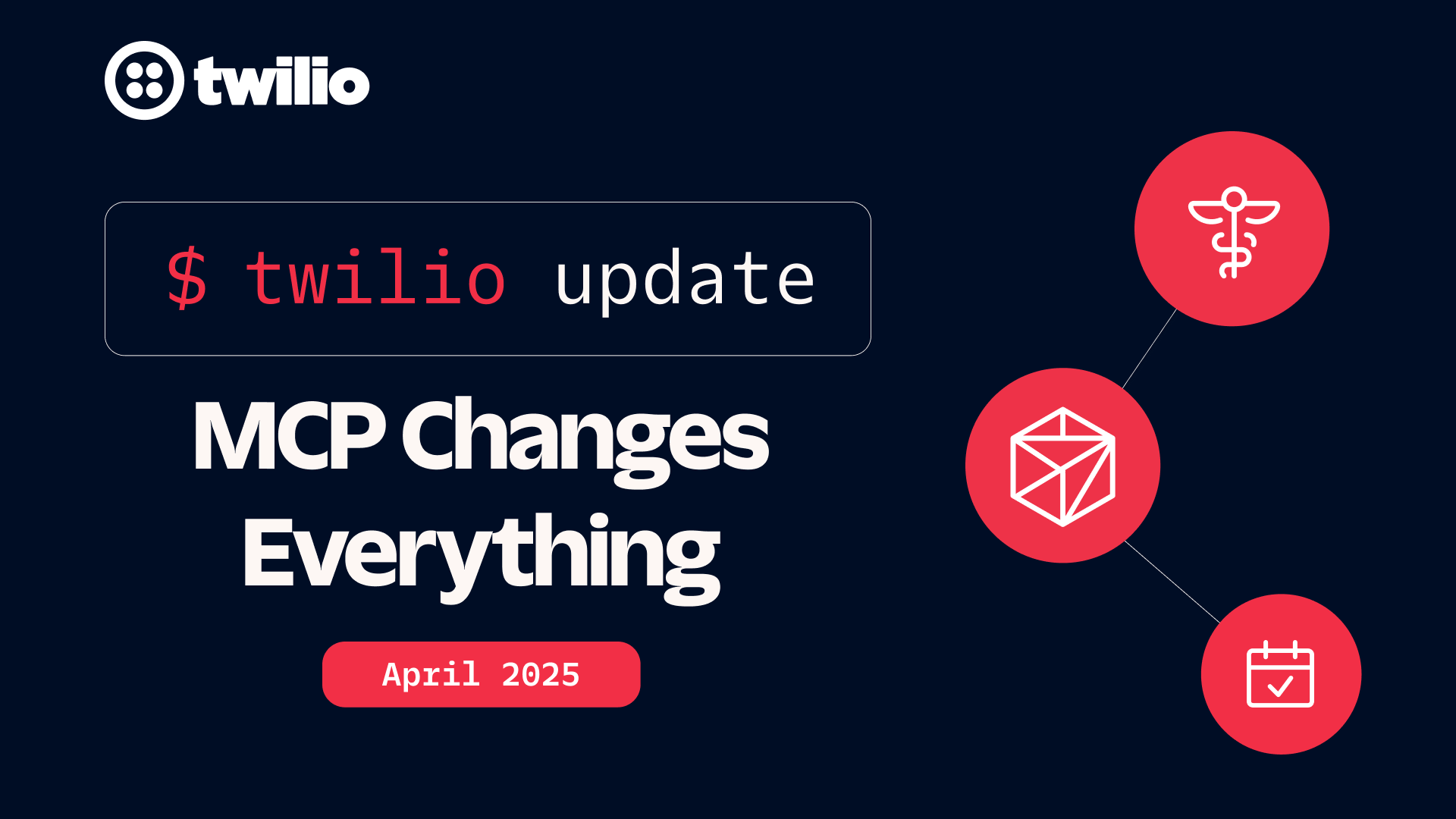What is the Difference between eSIM and Embedded SIM in IoT?
Time to read: 6 minutes

There is a new kid on the SIM block: the eSIM. But don’t confuse this with embedded SIMs! Oh and there’s eUICC, and 1FF, 2FF, and 3FF, too. And what is an MFF2? This post will help. Let’s dive right in!
What is a SIM?
A SIM (Subscriber Identity Module), also called a Universal Integrated Circuit Card or UICC, stores information that uniquely identifies a cellular subscription. For about three decades now, the SIM has been what lets us connect (“attach” in tech speak) our devices to the cellular networks of the world. It holds the credentials and security keys necessary to identify a subscriber. That identity comes in the form of a so-called IMSI number, or International Mobile Subscriber Identity, which is unique for every user or device on or off the network. SIMs also run an application that passes that identity information to an onboard cellular modem. The modem in turn conducts the actual attachment operation to the network. The application that the SIM card runs, by the way, is also referred to as UICC; the acronym is often used synonymously with the card or chip itself. SIMs started as truly card-like hardware (the first-ever form factor, or “1FF”), but shrunk over time into several different, and increasingly smaller, form factors:What is an eSIM?
**In simple terms, an eSIM is a SIM that can load new carrier profiles digitally, over the air, which means you no longer need to physically swap SIM cards in your devices.** In more technical terms, an eSIM is any piece of hardware that runs an application called eUICC, which has storage to hold multiple SIM profiles at the same time (but only one can be active), and can be provisioned remotely, over the air (OTA). This means a couple of things: - The profiles stored on an eSIM can be modified (downloaded if not yet present, or activated if dormant) remotely, through software and API calls, without needing to physically swap SIMs - An eSIM can hold multiple SIM profiles (keys and identities) at the same time, which can give your device access to multiple completely different carriers – but only one SIM can be active at a time - An eSIM doesn’t need to come along only in the form of any of the known form factors (2FF, 3FF, 4FF, MFF2) – anyone can design their own hardware chip, as long as it runs an application that conforms to the eUICC standardTwo different architectures of eSIM
While a technical detail at the end of the day, it might make sense to briefly describe the two different, non-competing architectures of eSIM/eUICC: Consumer Profiles, and M2M Profiles.
Consumer Profiles
As the name suggests, these are eSIMs for devices meant for consumers. It is assumed that a human being is present to use the device, which allows for a SIM configuration approach that is based on “pulling” new profiles (i.e. downloading manually, when needed by the user), vs. “pushing” (i.e. loading remotely as a forced action, when needed by the operator). This architecture makes sense for devices such as smartphones or tablets, but also wearables such as watches, or small attached devices such as pet trackers. However, the architecture is actually powerful enough to support ANY IoT deployment, whether the use case targets consumer devices or not. There is a piece of software called LPA (Local Profiles Assistant) that does the pulling. Any app can easily communicate with it to trigger a pull – so no more consumer action is needed. The name is, alas, again a bit misleading, as with so many things in the IoT ecosystem...
M2M Profiles
M2M, or Machine-to-Machine, is another term for what is now known as IoT, the Internet of Things, i.e. connected devices that enable remote control, monitoring, or tracking. With eSIM’s M2M Profiles architecture, the key difference to Consumer Profiles is that loading a new SIM profile is a push operation by design, not a pull. In this model, all of the profile management is controlled remotely with orders to add, remove, or change profiles “pushed” to the eUICC.
It is important to note once more that despite the names, though, both types of eSIMs can be used for IoT applications. It might in fact very well be that “Consumer Profiles” is the architecture that will eventually prevail for IoT use cases.
The relevance of eSIM in IoT
It was probably Apple that made eSIM popular when equipping their 2018 iPhone models with this capability. Users could now buy and sell their phones without dealing with physical SIMs anymore. It is still an emerging capability in the consumer space.
The same is true for IoT applications, but we’re seeing an increase in its adoption and demand. eSIM makes particular sense for three kinds of IoT device types:
- Long-lived: Devices that stay in use for many years, such as automobiles, medical devices, or home automation systems, but could frequently change ownership and thus deployment region
- Space-constrained: Devices that need to optimize for space, such as wearables, and thus need the smallest possible form factor, which implies that the device can’t be opened later to swap out SIMs
- Remotely installed: Devices that are deployed in remote or not easily accessible locations, such as billboards, air quality or forest fire monitors, and where the swapping of physical SIMs would be costly
As mentioned before, eSIM is a game changer for cellular IoT, as it makes global deployments of large fleets so much simpler, removes any cellular vendor lock-in, and thus adds a new dynamic to the IoT industry, which in turn should foster more success and with that growth.
Twilio offers Super SIM on eSIM
Twilio now offers Super SIM, our flagship cellular IoT connectivity platform, as an eSIM profile, supporting the Consumer Profile architecture. Super SIM is a Multi-IMSI solution. That means that devices equipped with Super SIM can already change the carrier any time, without needing the eSIM mechanism. So why support eSIM? It gives you the best of both worlds. eSIM on its own has the drawback that you potentially end up paying multiple carrier bills, are dealing with multiple different (carrier-dependent) ways to manage your SIMs, and multiple different network capabilities, which are dependent on how the carriers implemented their so-called mobile core. But it gives you the over-the-air download! Super SIM on eSIM gives you the over-the-air download, but also just means one bill for you, one management framework (through our APIs and our Console), and one common set of capabilities, no matter which carrier is actively serving your devices.
To learn how to use Super SIM on your eUICC eSIMs, review our documentation!
--
Tobias Goebel brings almost 2 decades of enterprise software experience, with roles spanning engineering, product management, sales engineering, and product marketing. In the first part of his career, he worked on defining and evangelizing technology solutions to improve communications with “people” – in the customer service and contact center industry, with a focus on IVR and chatbots. He now works on defining and evangelizing technology solutions to improve communications with “things” – in the IoT space, as a principal product marketing manager for Twilio IoT.
Related Posts
Related Resources
Twilio Docs
From APIs to SDKs to sample apps
API reference documentation, SDKs, helper libraries, quickstarts, and tutorials for your language and platform.
Resource Center
The latest ebooks, industry reports, and webinars
Learn from customer engagement experts to improve your own communication.
Ahoy
Twilio's developer community hub
Best practices, code samples, and inspiration to build communications and digital engagement experiences.

